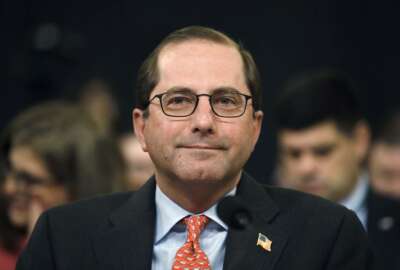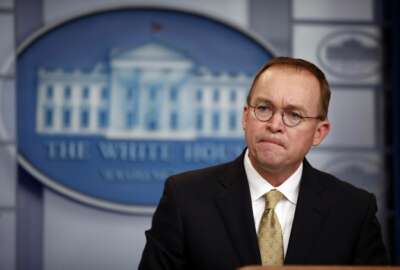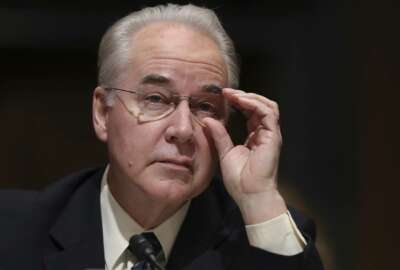
Career employee feedback, leadership driving reforms at HHS
The Department of Health and Human Services is reforming around six strategic shifts and 10 initiatives led by a career employee.
For the most part, agencies have released few details about how they are reforming and reorganizing as required under President Donald Trump’s April memo.
With the exception of the Agriculture and Interior departments, nearly every other agency has kept the details under wraps. And the plans from USDA and Interior have been disconcerting at best.
The Department of Health and Human Services, however, may just be bucking both of the trends when it comes to reorganization. The department launched ReImagine HHS in May 2017 and seems to be hitting many of the right notes by including career employees and giving them ownership of the process.
“From the outset, HHS leadership has engaged our workforce in this endeavor. In May 2017, over 150 senior level career members of the department came together, serving on workgroups to discuss specific ideas for how HHS might improve its ability to serve the American people,” said an HHS spokesman in an email to Federal News Radio. “Additionally, HHS employees have been encouraged to submit ideas and comments through other channels as well, generating thousands of ideas and pieces of feedback.”
This is not to say HHS’ efforts are perfect by any means, or these efforts don’t come with some questionable decisions. But the difference on the surface is HHS seems to be doing the changes with employees, and not to employees like what seems to be happening at USDA and Interior.
The spokesman added ReImagine HHS is organized around six strategic shifts, informed by the work of the workgroups in May, including:
- Leveraging the power of data to implement a better data governance structure to enable accessible, integrated data as an enterprise asset that drives insight and action.
- Restoring market forces to empower partners and catalyze activities of all stakeholders to obtain better end results.
- Putting people at the center of HHS programs to shift investments toward integrated health and human services, expanding tools available for coordinated, holistic, consumer-centered service designs, and to provide opportunities for choice and streamlined engagement across cross-disciplinary programs.
- Turning HHS into a more innovative and responsive organization by driving organizational transformation, including revolutionizing the agency’s technology and creating new resource deployment and innovative models that reward collaboration.
- Generating efficiencies through streamlined processes by simplifying and enhancing acquisitions, grants management and the appropriations process to lead to smarter spending and better health outcomes.
- Moving to a 21st century workforce to create best-in-class human capital management policies and programs to recruit, retain and develop high-performing leaders and business service providers.
“Under the six strategic shifts are 10 initiatives, each led by a career staffer,” the spokesman said. “The initiatives are in the process of building teams and researching their tasks. In some cases, the initiative teams are beginning pilot projects, including, under an initiative to examine the acquisitions process, two integrated product teams (IPTs).”
The evidence that HHS seems to be heading down a more inclusive and accepted reorganization path comes from one of those pilots.
Andrea Brandon, the deputy assistant secretary for HHS Office of Grants and Acquisition Policy and Accountability, said a cross-agency group is looking at artificial intelligence, blockchain and robotics as ways to make grant and acquisition processes more effective and efficient.
“For the grants process, we are just kicking off. We still are looking to see what parts of the business process lifecycle we might want to innovate,” Brandon said at the recent Association of Government Accounts Federal Systems Summit in Washington, D.C. “On the acquisition side, they are a little bit more farther advanced with the pilots. Several of the pilots have actually already finished and gone to the advisory committee to make recommendations. The recommendations to date have been to extend the pilots and widen the actual transaction field they are looking at and running through the robotics and AI pilots.”
She said more operating divisions will take part in the pilot to give HHS a better sense of how the technology capabilities will work.
“We are very cohesively working together in a collaborative way and we work diligently on the integrated product teams,” Brandon said. “My office is here to make sure we adhere to any compliance to any regulatory processes that we need to make sure as we are reimagining or reinventing a particular process we don’t break any internal controls. It’s very collaborative. We meet and talk on a regular basis. The IPTs meet on a regular basis as well.”
HHS is using the Lean Six Sigma methodology to figure out where the opportunities are to eliminate, streamline and standards processes and data elements.
Then, the agency will consider where it can apply AI, robotics and other innovative technologies to reduce staff time, reduce staff or other efficiencies.
“We have a very open environment that is coming in from the secretary’s office so it is coming from top down,” Brandon said. “Then we have the buy-in coming in from the bottom up because they are at the operations level and they are on the teams. And then we have the program people who sometimes get left out so we have the grants officers, contracting officers, human resources, chief information officers, finance and the program people who are looking at spending the programmatic dollars. They usually aren’t at the table for things like this, but they are at the table. And it’s making it easier for change management processes.”
Brandon said grants especially need the benefit of new technologies as HHS still uses too many manual processes that include spreadsheets and word processing documents.
“I don’t see us losing people right away, but maybe 10 years down the road once we get all of this technology where it needs to be,” she said. “We are looking for work stream and infrastructure changes first.”
It’s those kinds of changes that will have the biggest impact from both an employee morale and overall budget perspective.
Copyright © 2024 Federal News Network. All rights reserved. This website is not intended for users located within the European Economic Area.
Jason Miller is executive editor of Federal News Network and directs news coverage on the people, policy and programs of the federal government.
Follow @jmillerWFED
Related Stories
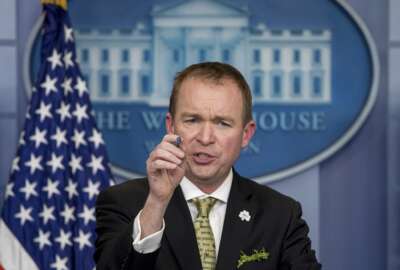
White House ends hiring freeze, mandates workforce, mission restructuring
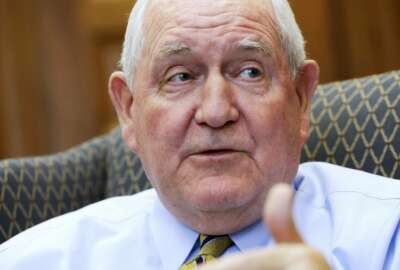
Secretary’s ‘OneUSDA’ vision rings hollow to some in light of new telework policy
